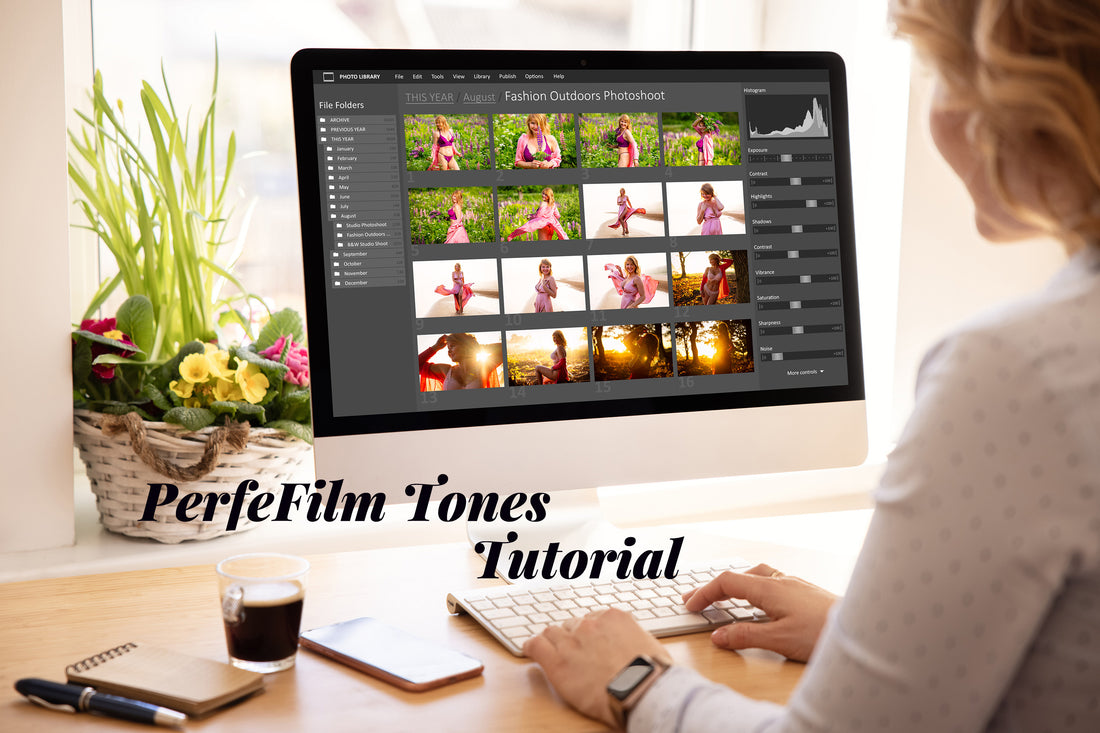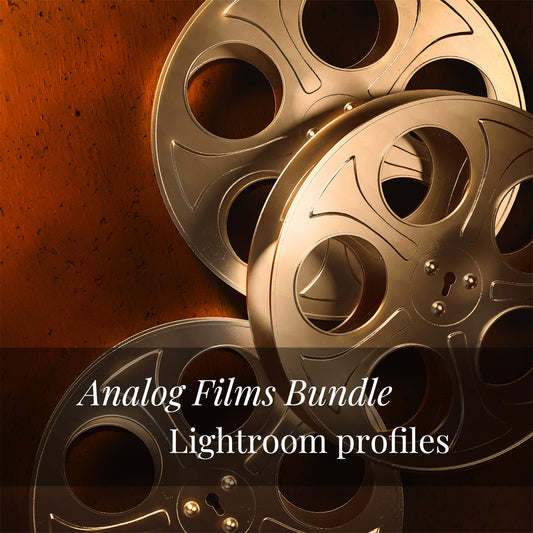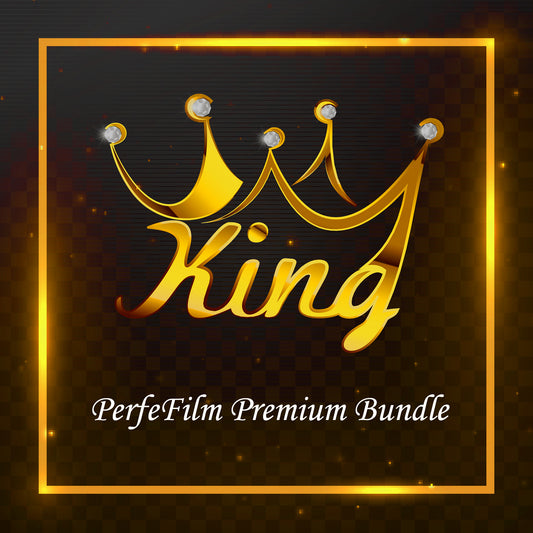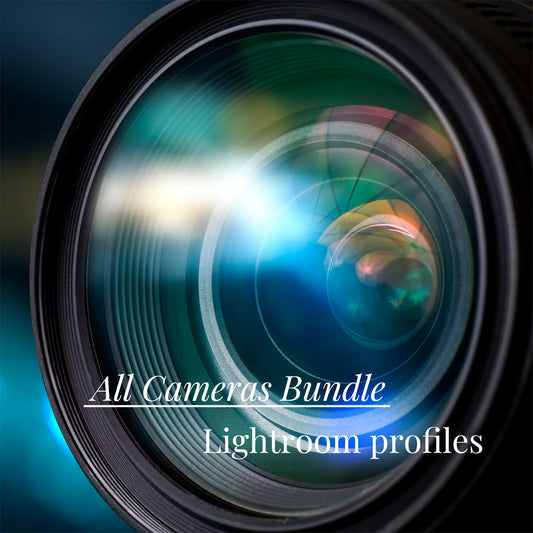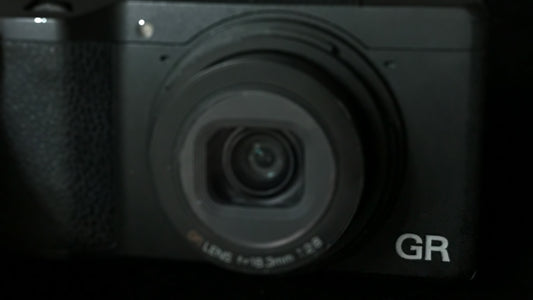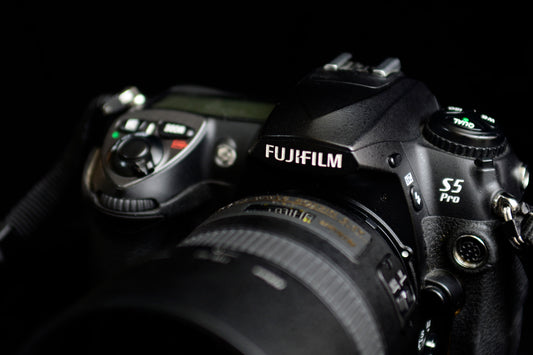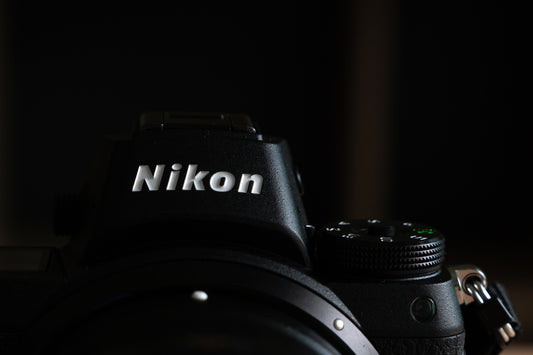Professional preset workflow
Contents
-
Step 1 : Primary Color Grading
-
Step 2 : Select color system --> Apply a profile
-
Step 3 : Select a Preset with a progressive workflow
-
PerfeFilm Tones Examples
PerfeFilm Tones System
-
PerfeFilm Tones is a system of presets from PerfeFilm.com that simulates the color of cameras. You can quickly create you style in three steps for fashion, soft portrait, landscape, negative, documentary... and so on. With different camera profiles, you can achieve a fast and flexible workflow.
-
The following examples are available in the free trial version of PerfeFilm Demo, try it for free now!
Step 1 : Primary Color Grading
Same as in video color grading, we can adjust several basic parameters at the beginning: exposure, color temperature, and image brightness range. In this step we make sure that the brightness and color temperature of the photo meet the basic requirements, and then proceed to the next steps for more details. Sometimes you may find that the exposure or white balance of the raw file is not as good as expected, so we will adjust the exposure and white balance first.

Adjusting the exposure and color temperature to get reasonable range of brightness and color temperature.

Step 2 : Select color system --> Apply a profile
Q: Many users of Lightroom and Adobe Camera Raw are probably confused: What is the difference between Lightroom's profile and preset? Why do you have two different types of color preset?
A: Profile does not affect the user's Develop Panel settings, but rather uses a color mapping table to set the color space when the photo is loaded. A preset is to load the values in Develop Panel, also includes the profile and other settings.

-
For example, when we use the "Portrait" mode of Canon cameras, it is similar to select the Portrait profile in Lightroom. When we edit the Develop Panel based on the profile, it is a preset.
-
Generally speaking, a profile file can only work with raw files, because it must use raw files for conversion.
Using the PerfeFilm profiles
If you have installed a free trial version of PerfeFilm Demo for your camera model, you should see a new preset group: PerfeFilm Demo. In the example, I want to make this photo more vibrant, but at the same time keep the color tone nature. In this case, we can use the PerfeFilm X-T4 Provia profile - which can be applied by clicking the "Cam Fujifilm X-T4 Provia DR100" presets

As you can see, the peach red and orange colors are more vibrant than the original Adobe Color, and the skin tone is more ruddy, which is in line with the detailing we will do in later steps.
Step 3 : Select a Preset with a progressive workflow
Each of the presets designed by PerfeFilm can be applied and restored at any time. So if we continue to see the PerfeFilm Demo preset flow, we can see the following items
1. ----------------- Tone / reset -----------------
2. ----------------- Saturation / reset ---------------
3. ----------------- Color Tone / reset -----------------
4. ----------------- Shadow / reset -----------------
5. ----------------- Effect / reset -----------------
Each item can be applied and cancelled independently. By following the sequence 1. Tone - 2. Saturation - 3. Color Tone, you can simplify the complex workflow to be done in a few steps. Just click on the title of ----- <type> / reset ------ to cancel this type of setting. There are overwhelming numbers of Lightroom presets on the market. With PerfeFilm Tones' workflow, you can simplify it to 3-5 steps! And it can be restored at any time.
Let's go down to the PerfeFilm Demo preset group, we can see 1. Tone items, the following include Fashion, Soft Portrait, Landscape, Film Tone, Polaroid, High Dynamic Range HDR, Documentary and other styles. If you want to cancel it, you can click Tone / reset to cancel the style.

PerfeFilm Tones style for a variety of scenes



Detail Adjustment
PerfeFilm X-T4 Provia + Film Tone, Warm++

For a cross-processing film style with cooler tones, try 1e. Polaroid, 2d. Vi +30, 2e. Sat +60, 4b. Cyan ++, 5a. Vignette
PerfeFilm X-T4 Provia + Polaroid Tone, Cyan++ Vignette

PerfeFilm Tones Examples
A7R4 Deep Profile + Fashion Tone








